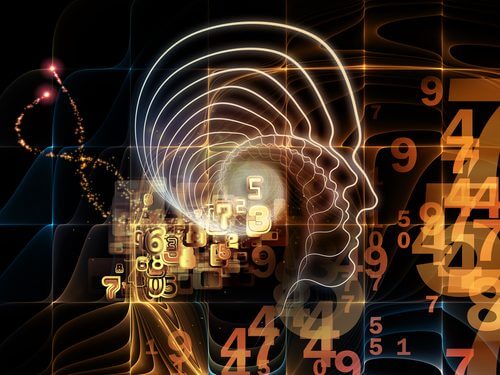Neuroscientists study neural networks to understand how the process of vision and signal analysis is carried out ● "Artificial neural networks serve as mini-brains that can be studied, modified, evaluated, and compared to the responses of human neural networks," said Prof. Uda Oliva from MIT

In the natural world, intelligence takes many forms. It could be a bat that navigates in the dark using biological sonar (echolocation), or an octopus that adapts its behavior to survive in the depths of the ocean.
In the world of computer science, many forms of artificial intelligence networks are emerging, each trained to excel at a different task. Cognitive neuroscientists are using those evolving networks to increase understanding of one of the most elusive systems of intelligence - the human brain.
"The basic questions that cognitive neurologists and computer scientists seek to answer are similar," says Prof. Uda Oliva from MIT. "They have a system made up of neurons and units - and we are doing experiments to try to determine what these components are computing."
In Oliva's work, which he presented at the American Neuroscience Society (CNS) symposium, scientists investigated the role of contextual cues in human image recognition. Using "artificial neurons" which are actually lines of code, software - with neural network models, they can analyze the various components and identify a certain place or a certain object.
"The brain is a deep and complex neural network," said Nikolaus Kriegskurta of Columbia University, who chairs the symposium. "Neural network models are models inspired by the brain, and are now the cutting edge of technology in many applications such as computer vision."
How the real mind can function
In a recent study of more than 10 million images, Oliva and his colleagues taught an artificial network to recognize 350 different places, such as a kitchen, a bedroom, a park, a living room, etc. They expected the network to identify objects associated with the bedroom - for example a bed. What they did not expect was that the network would learn to recognize humans and animals, for example dogs in parks and cats in living rooms.
"Machine learning programs learn very quickly when you provide them with a lot of data, which allows them to analyze the environment at such a beautiful level," says Oliva. "Since it is impossible to analyze human neurons at such a level, the computer model performing a similar task is completely transparent. The artificial neural networks serve as mini-brains that can be studied, modified, evaluated, and compared to the responses of human neural networks, so that cognitive neuroscience has some kind of diagram that shows how the real brain can function."
Indeed, Kriegskurta said these models have helped neuroscience understand how people can recognize the objects around them in the blink of an eye. "These are millions of signals originating from the retina, which are filtered through a sequence of layers of neurons and extract semantic information, for example when we look at a street scene with several people and a dog," he says. "Current neural network models can perform this type of task using calculations that only biological neurons can perform. Also, these neural network models can predict to some degree how a neuron deep in the brain will respond to any image."
Using computer science to understand the human brain is a relatively new field, although it is expanding rapidly thanks to rapid advances in computing power. and imaging tools for the nervous system. "Artificial networks cannot yet replicate human visual abilities," says Kriegskurta. "But by simulating the human brain, they advance the understanding of cognition and artificial intelligence. It's a particularly exciting time to work at the intersection of neuroscience, cognitive science and AI," he said.
Indeed, Oliva said that "cognitive and computational neuroscience is a growing field of research, and knowledge about how the human brain is able to see, hear, feel, think, remember and predict is a must when we come to develop better diagnostic tools - to fix the brain and make sure it develops well. "
For information on the MIT website
More of the topic in Hayadan:

One response
Indeed artificial intelligence is the trendiest today.
You can list popular science articles on how it works. The mathematics there is very beautiful but not easy either. You don't have to touch it. 3 introductory articles in a row about deep learning, concerning the basic concepts.
Example of introductory essays
https://towardsdatascience.com/applied-deep-learning-part-1-artificial-neural-networks-d7834f67a4f6